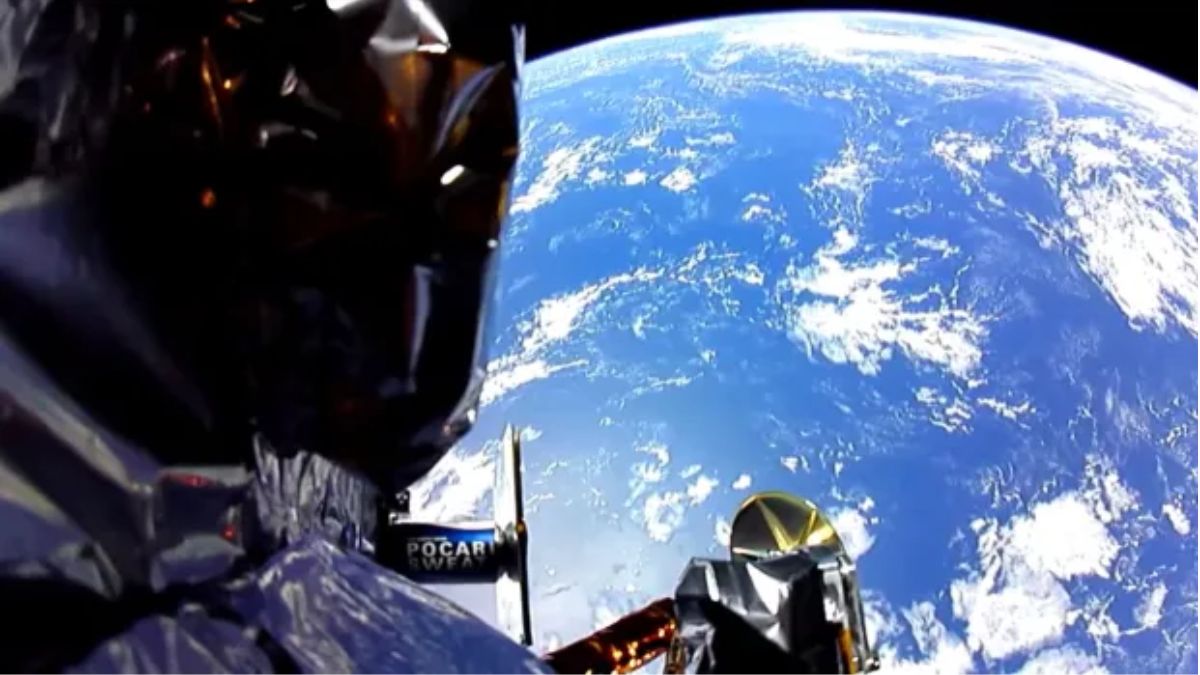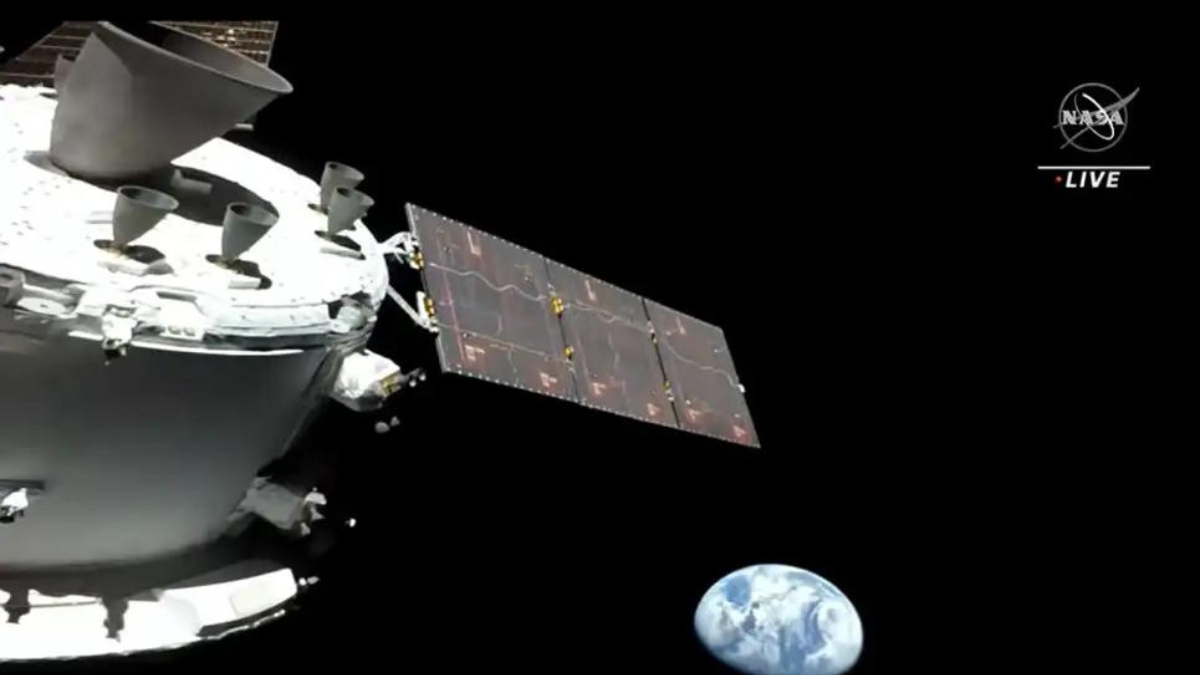
Astrobotic's Peregrine lunar lander encountered bo...
news-extra-space

The SLS rocket is the most powerful to have ever launched into space, with 8.8 million pounds of thrust during launch. As NASA works to create a permanent moon base on the lunar surface, the mission, which will last 25 days and culminate with Orion splashing down off the coast of California, will test crucial technology for planned crewed Artemis missions. Ten CubeSats, or tiny satellites for scientific research and technology demonstration, will also be launched by Orion in the next hours. According to NASA, "each CubeSat has its own unique mission that has the potential to close knowledge gaps about the solar system or showcase technology that could contribute in the development of next missions to explore the moon and beyond." On Monday, November 21, the Orion is anticipated to fly past the moon, executing a near encounter to the lunar surface after a series of burns to keep it on schedule, as it moves toward a distant retrograde orbit, a highly stable orbit thousands of kilometers beyond our celestial friend. Jim Free, NASA's deputy associate administrator for the Exploration Systems Development Mission Directorate, stated on Wednesday that Orion is finally headed to the moon after a long journey. Because of this successful launch, NASA and our partners will be able to travel farther than ever before in orbit for the benefit of humanity. On a unique NASA website, you can follow the Orion spacecraft's journey throughout its mission.New views of planet Earth from @NASA_Orion as #Artemis I journeys to the Moon. Orion is 9.5 hours into a 25.5-day test flight. pic.twitter.com/CBaA4ZOK4X
— NASA (@NASA) November 16, 2022
Leave a Reply






